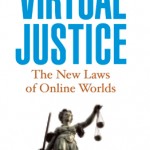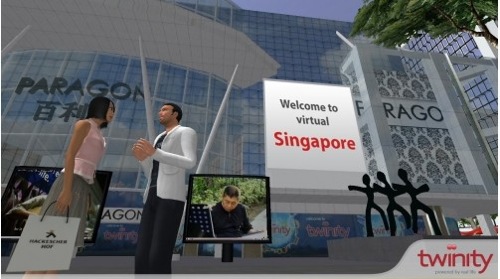Another great initiative coming out of the University of Western Australia:
A Second Life machinima has been custom made for the first time for one of the major units for a degree programme at UWA with the efforts of UWA Associate Professor Natalie Skead, former champion of the international UWA film challenges, Laurina Hawks of Berlin, and UWA virtual worlds founder Jay Jay Jegathesan.
The brilliant short film (machinima) “Equity & Trusts: Estoppel Tutorial”, was created by Laurina based on a script written by Professor Skead for the LAWS5103 unit, Equity & Trusts, which is a 2nd Year compulsory postgraduate unit for the Juris Doctor (law degree). It was shown to students during tutorials that were a trigger for discussions on the Estoppel principle of law.
Here’s the video:


 Kevin Alderman’s Eros LLC, a Florida company devoted to mature content which started operating in Second Life way back when, has been the star attraction before. Alderman, also known as Stroker Serpentine in Second Life, has been well-known for his successful, adult business ventures, as well as two successful legal actions for virtual environment based copyright/trademark infringement (one vs
Kevin Alderman’s Eros LLC, a Florida company devoted to mature content which started operating in Second Life way back when, has been the star attraction before. Alderman, also known as Stroker Serpentine in Second Life, has been well-known for his successful, adult business ventures, as well as two successful legal actions for virtual environment based copyright/trademark infringement (one vs  The Second Life blogosphere
The Second Life blogosphere 


 Linden Lab is now in the final legs of
Linden Lab is now in the final legs of
Recent Comments